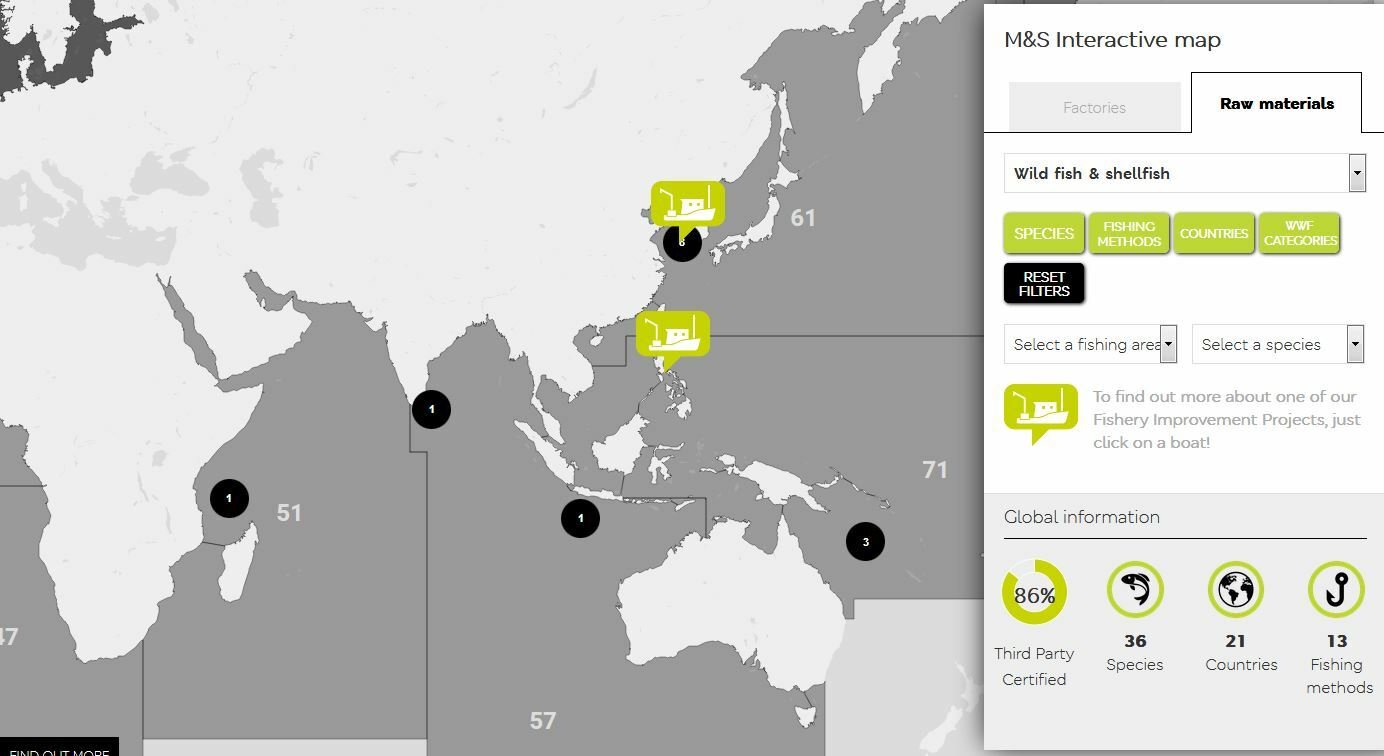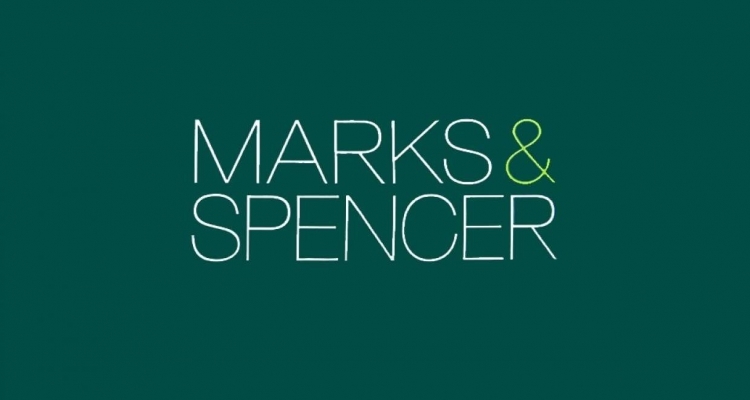Marks & Spencer has once again shifted its sustainability even further. It launched an interactive seafood map, where you can trace the origin of any seafood you buy from them and check its sustainability status.
The map lists a total of 47 marine species across 71 fisheries, accounting for every kind of seafood that M&S uses in its product lines, from fish fillets to pre-made salads, sandwiches and ready meals.
Available as a free online tool, the map shows where the seafood was caught, the catch method used and whether the fishery is certified by an organisation such as the Marine Stewardship Council (MSC).

In cases where the fishery is not yet MSC-certified, the map includes information on what improvements are being made to boost sustainability. M&S currently sources 86% of its seafood from certified fisheries, with the rest coming from facilities that are engaged in fishery improvement projects (FIPs).

